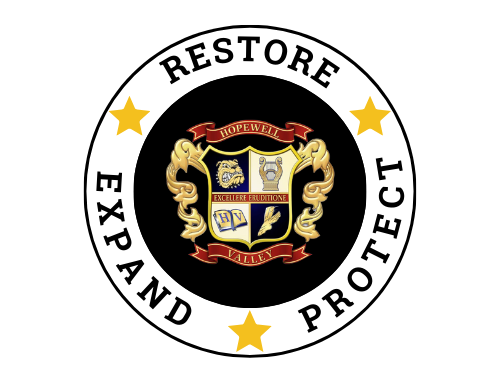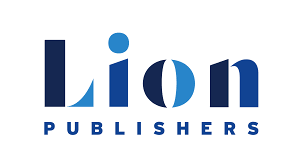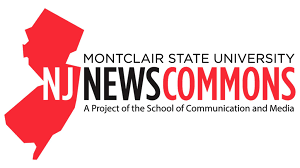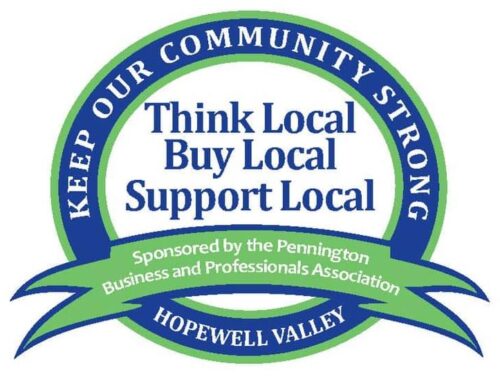Hopewell Vally Regional School District hosted a hybrid event on September 9 to help residents learn more the details of the upcoming bond referendum. In response to the event, the District issued the following explanations for issues raised at the session:
Takeaway #1 – Turf at the Athletic Fields at HVRSD (AFT) complex is proposed to improve safety for Timberlane and Hopewell Valley Central High School students, not to save money or to give athletes a different playing surface. Soccer, lacrosse, field hockey, and baseball players travel throughout those sports’ seasons to get to playing fields that already include turf. That moves students away from the district-controlled campus and athletic trainers. Hear about that at about the 27-minute mark of the Town Hall’s recording. Dividing space at AFT into two turf fields would keep students on campus. State aid would contribute toward the cost of a drainage system so rain doesn’t prevent use.
- Also: Turf is estimated to cost $5.8 million (about 7% of the total project costs), and that includes professional/permit fees and installation. State aid has been committed for $1.6 million toward that cost. After state aid, this safety-focused project costs $28-$34 per year of the total tax impact, depending upon the municipality.
Takeaway #2 – Enrollment levels from decades ago cannot be properly compared to 2024. HVRSD added an all-day kindergarten to keep up with education demands. Pre-kindergarten services expanded for early identification and accommodation of learning barriers. Studies indicated better future academic outcomes when primary grades had lower class sizes. Students with significant special needs were brought from specialty programs to learn alongside their peers – which aligns with federal law and the neighborhood schools approach. Science labs and STEM space are relatively new at the elementary school level. At about the 7-minute mark in the Town Hall recording, Superintendent Dr. Rosetta Treece referred to the old-style “cemetery rows” that expected students to sit all school day rather than more actively engage in learning. These educational evolutions mean schools need more space even with fewer students.
- Also: Trailers were set outside Bear Tavern Elementary School in 1994 without the intent that they would still be in use 30 years later. Building classrooms would move the students who are learning in those trailers into the main building. This is one example of how enrollment changes are not a factor for many referendum projects.
Takeaway #3 – Cost per pupil reflects many student opportunities and advantages, and they are not related to long-term capital needs. HVRSD is lucky to have a very experienced and educated staff, and we continually hear from parents that our community values them as much as the array of academic programs and extracurricular activities we provide.
Trying to compare school districts based on information distilled to a single statistic is difficult. “Cost per pupil,” as determined by a state formula, is not as simple as dividing total budget by total students. As stated in this Taxpayers’ Guide to Education Spending, cost per pupil “excludes costs that aren’t directly comparable from district-to-district,” such as transportation costs and debt payments. Knowing that makes it more challenging to use that single statistic to compare HVRSD with a district like Princeton Public Schools (which used bond referenda in 2022 and 2023 and will do so again in 2025 to address capital needs).
- Also: Cost per pupil is calculated from the operating budget that funds daily expenses. A bond-funded project is different. Bond funding cannot be used for salaries, utilities, supplies, etc. It can only be used for capital projects, which meet longer-term needs.
Takeaway #4 – Capital Reserve and a bond referendum are complementary forms of financial planning. Capital Reserve is needed for emergencies that pop up, such as the significant work HVRSD had to do at Timberlane Middle School as tree roots grew under the school and disrupted the plumbing. That project could not wait until a bond referendum could be held, so Capital Reserve was needed.
Other planning is done through a bond referendum, mostly because of the state aid it can capture. Residents already pay toward that state funding source. A state program allows districts to get a share of that funding – but only as part of a voter-approved bond. Planning for long-lasting needs as part of the bond referendum reduces the amount of cost coming from local taxes and brings state aid to which our residents already contribute. For HVRSD, $20 million in state aid awaits.
Also: Superintendent Dr. Rosetta Treece listed some of the projects that required Capital Reserve because they could not wait for a referendum. Hear that segment at about the 13-minute mark of the Town Hall’s recording.
Takeaway #5 – “Roofing” does not mean an entire roof would be replaced. In the 2016 referendum, voters approved bond funding to replace “roofing.” The referendum of 2024 also proposes funding for “roofing.” It would be an error to assume that the same roofing would be replaced. FVHD Architects + Planners is retained by the district because of its considerable expertise in school construction. During the Town Hall, FVHD President George Duthie reviewed how roofing repairs are considered. Listen to his replacement criteria at about the 1:06-mark of the Town Hall recording.
Also: FVHD provided maps of each school’s roof to indicate where roofing was replaced with funds authorized in 2016; where roofing is proposed for replacement with this 2024 referendum; and where roofing is not a critical need now.







